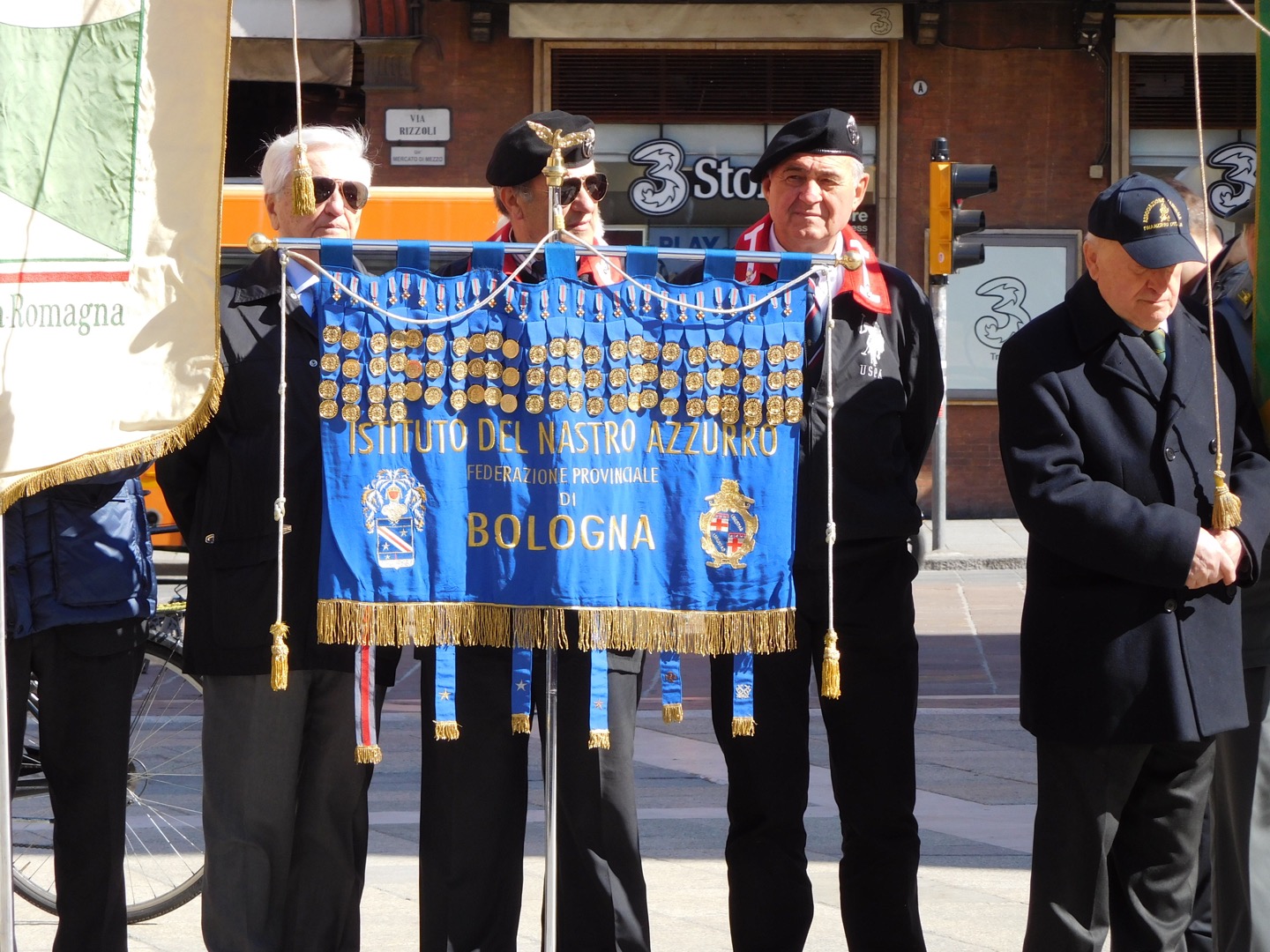Italian Emigration
As a granddaughter of Italian immigrants, I was intrigued to recently visit a small museum in Lucca dedicated to telling the story of Italian emigration. It was in the late 1800s and early 1900s when the greatest number of Italians left their homeland in search of better lives. The majority – like my grandparents – came from southern Italy. That part of the country was mostly agricultural and impoverished. Italians from the south headed west – to North and South America - and to other parts of Europe as well.
The Museo Paolo Cresci in Lucca tells the story of Italian immigration from 1860 to 1960.
Italian emigration is like that of many other ethnic groups – in their new countries, immigrants largely had to take on jobs involving manual labor. Many traveled across the Atlantic by themselves, with few possessions other than their hopes for a better life. Once settled, they would send money home to help the family left behind.
The Museo Paolo Cresci in Lucca hosts photos and documents from some of those who made the transition. The items on display are taken from some 15,000 photographs and documents that Cresci collected from the families of those who emigrated.
Paolo Cresci collected more than 15,000 photos and documents from the families of Italians who emigrated.
Passports, transportation invoices and guides to new countries are among the items, as are black and white photos that starkly show the strain of the journey on the faces of those traveling. I found myself awed and humbled by their courage. People laden with all their belongings crowded onto ships for the voyage. Once they arrived, those who came to America sent postcards of the Statue of Liberty home to their families; it is fascinating to read the ones on display at the museum.
Family photos taken in the new country
The photos taken of these Italians after they resettled resemble many of my family’s old photos: children dressed for their First Holy Communion, families standing in their own homes. This time, the faces show pride for having “made it.” Wandering around the museum gave me time to think about what my forefathers sacrificed for their families. And it made me wish I had asked a lot more questions about the “old country” when I had the chance. I’m grateful that Lucca has this museum to help me find some answers.
The ceiling of Museo Paolo Cresci
The Museo Paolo Cresci looks at Italian emigration from 1860 to 1960 and admission is free. The building that houses the museum is worth a look all its own: it is a former chapel with a beautifully frescoed ceiling.
-post by JG















